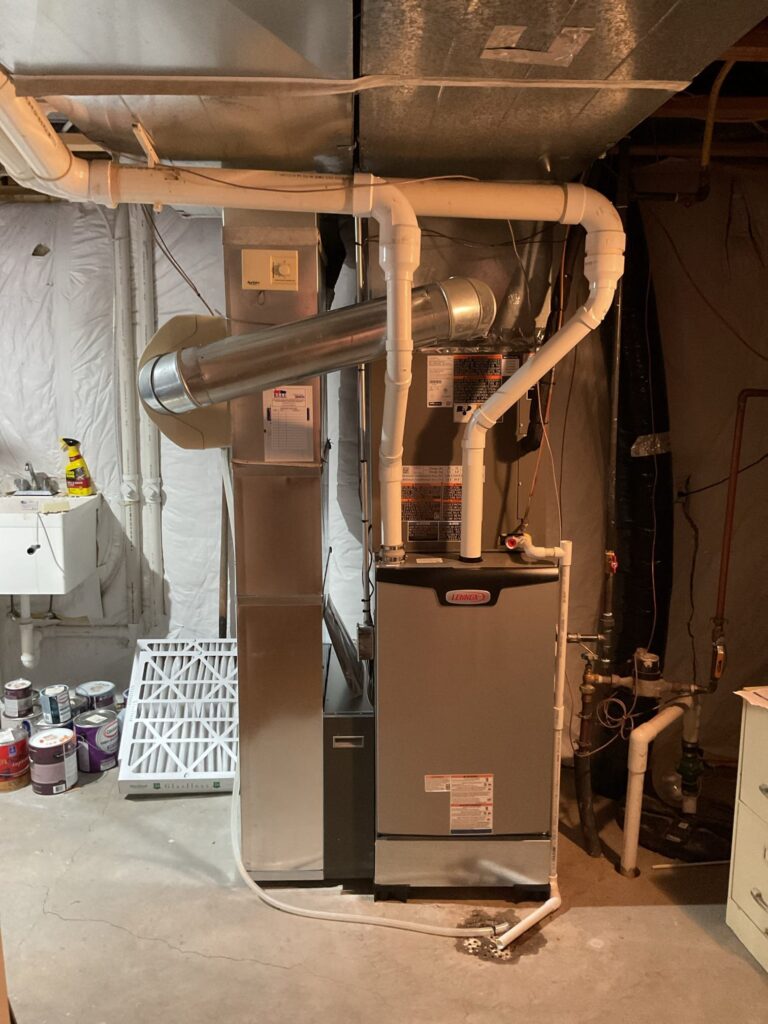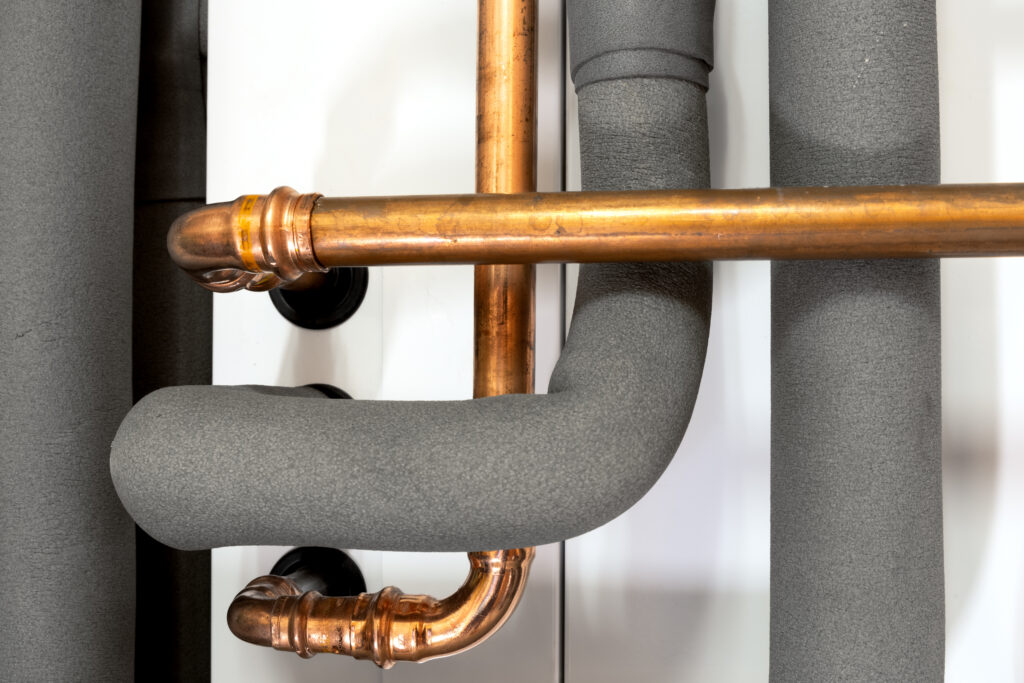

Blog
6 HVAC Trends for Your Home
Modern HVAC systems have been heating and cooling homes for 120 years, and in the last 10 to 15 years these systems have become more technologically advanced. Today, many have Wi-Fi or Bluetooth-enabled connections, are eco-friendly and feature smart technologies that allow you to control settings from almost anywhere.
If you’re looking to reduce your carbon footprint or want to save money on energy bills, check out these six trends in the heating and cooling space that shine a spotlight on these recent technology-based advancements.
1. Bluetooth-Enabled Thermostats
Smart home thermostats have been around for several years and are very popular due to their multiple cost-saving features. Wi-Fi and Bluetooth-enabled thermostats let you control your home’s temperature to help save on energy costs remotely with your smartphone, tablet or computer. They can show you how much you spend on heating and cooling in real time, so you can adjust your settings to help reduce energy consumption.
HVAC manufacturers sell Bluetooth-enabled thermostats. Some brands, like Nest and Ecobee, need to be compatible with your internet provider and HVAC system. Depending on the brand, smart thermostats can cost between $100 and $500 and up to $1,000 if purchased and professionally installed through an HVAC contractor.
In addition, some HVAC manufacturers are using the Internet of Things (IoT) to embed sensors and other technologies into your heating and cooling systems. This technology can help improve your HVAC efficiency, increase comfort and provide real-time monitoring as well as preventive maintenance.
It can be difficult to set up a smart thermostat, so consider having an experienced HVAC contractor install it. They can teach you how to operate a thermostat and take advantage of all the features to gain maximum efficiency.
Learn more: Why Fall Is the Perfect Time for HVAC Installation in Des Moines, Iowa
2. Ductless Split Systems
Keeping your house cool during the summer months can be difficult, especially if you have an older home or a second floor without ductwork. An efficient way to keep your second floor cool is to have a ductless heating or multi-zone mini split system installed in your home. A ductless split includes an outdoor compressor that is connected by refrigerant tubing and electrical wiring to up to five wall-mounted indoor units, which allows you to customize the temperature in multiple rooms throughout your home. A ductless split system is easy to install and efficient, and it can distribute air more evenly across your home than traditional systems.
Learn more: 4 maintenance tips for your home AC
3. Geothermal heating and cooling systems
Need to replace your current HVAC system and interested in learning more about the different types of systems available? Geothermal heating and cooling systems have become a popular choice for new construction homes and are a great option for existing homes since they use free, renewable energy from the earth.
Installing a geothermal heat pump system in your home has a variety of benefits. It can:
- Save you up to 60% in monthly utility costs. Geothermal systems are five times more efficient than conventional systems.
- Provide a constant, precise temperature and humidity control. Unlike a conventional furnace, a geothermal system does not kick on and off trying to maintain the desired temperature.
- Cool 20% to 40% more efficiently than other cooling systems.
- Heat 50% to 70% more efficiently than other heating systems.
- Qualify for state and federal energy tax credits plus utility rebates.
Installation costs for a geothermal system vary, but typically it is more expensive to install than traditional systems. However, it will pay for itself in about five to seven years due to the monthly savings on utility costs.
4. Indoor Air Quality Products
The air inside your home may be dirtier than you think. In fact, the EPA estimates that the air inside your home is up to five times more polluted than the air outdoors. You can promote better indoor air quality (IAQ) by:
- Changing your air filters frequently.
- Getting your HVAC ducts inspected regularly.
- Using air purification equipment, such as air purifiers, air scrubbers and air filtration systems.
- Air purification equipment has become very popular lately, and the technology has grown immensely over the years. There are a variety of products and services that can help you and your family breathe easier, including Aerus® Air Scrubber and Aprilaire 5000 air purifiers.
5. Zoned Heating and Cooling
Zoning your home is a convenient, money-saving and efficient way to control the heating and cooling output of your home. With an HVAC zoning system, you can heat and cool different areas within your home at different temperatures to reduce hot and cold spots and accommodate different uses. For instance, you can set the temperature in one area or zone to 72 degrees and another zone at 68 degrees. Zoning can be a great energy-efficient option for both existing homes and new construction, and it works best when each area or zone is of equal size. For example, if zone one is your main floor and zone two is your second floor, you’d want those spaces to be similar in size.
6. Increased Use of HVAC Professionals
As new HVAC systems continue to emerge and the need for air purification systems increases, so does the demand for highly trained HVAC professionals. They can figure out what HVAC system is right for your home and family as well as properly install and service the system.








